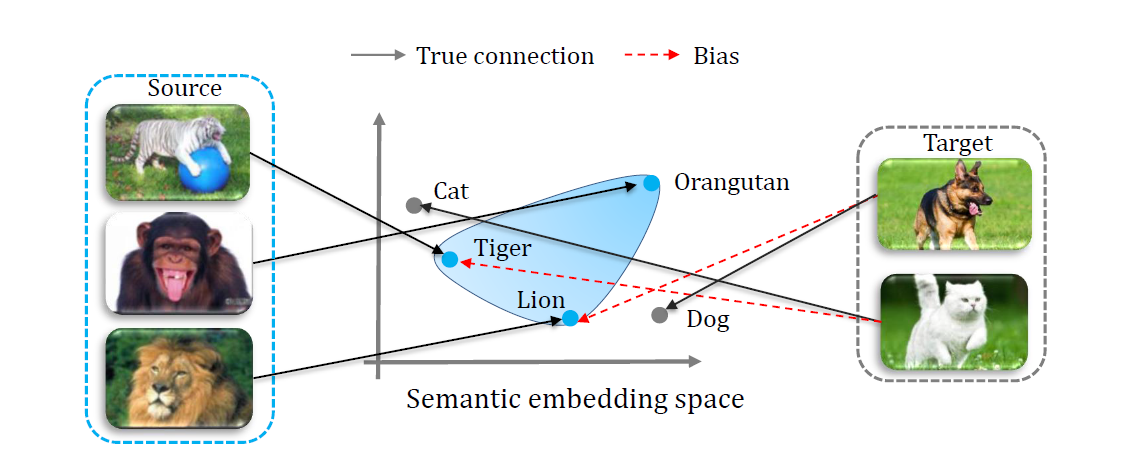Research Interest
Computer Vision
Image and Video Restoration
Underwater Vision
Segmentation of Aerial Images
Image Memorability
Robotic Vision
Zero Shot Learning
Active Learning
Medical Imaging
Human Gait Analysis
Detection and Rehabilitation for Osteoarthritis
Adversarial Perturbation
Adaptive Video Streaming
Media Forensics
Steganography and Steganalysis
Watermarking and Data Hiding
Zero Shot Learning

Most machine-learning methods focus on classifying instances whose classes have already been seen in training. In practice, many applications require classifying instances whose classes are not included in the training data, simply because labeled data is harder to find or it is expensive and time-consuming to label them. Zero-shot learning (or ZSL) is a powerful and promising learning paradigm, in which the classes covered by the training instances and the classes we aim to classify are disjoint. In Computer Vision, ZSL has been widely used in various image-related applications such as image recognition, image segmentation, pose estimation, domain adaptation, and person identification among others - as well as in video-related applications like unseen action recognition, zero-shot live-stream retrieval, action localization, etc. Apart from this, ZSL has found its use in several other domains as well such as Natural Language Processing, medical imaging, activity recognition from sensor data, etc. It has increasingly become a popular research topic nowadays.

